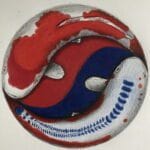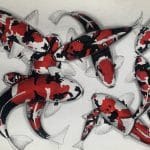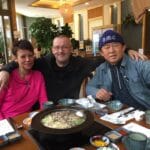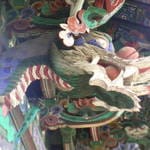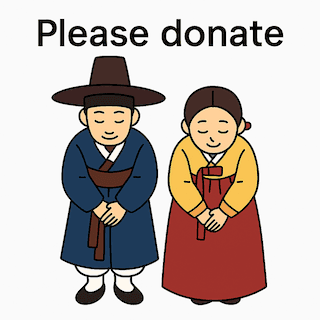Goyang Koi Farm – Archive
The Korean authorities have chosen, for now, not to support koi under their export policy. Perhaps that is understandable.
Given the current state of the world—with environmental and economic problems, and wars being fought—the koi hobby may even feel like a fetish for the rich. Even so, Hugo J. Smal and Kim Young Soo want all the knowledge collected under the Goyang Koi banner to remain available in this archive,
so enthusiasts can continue to use it.
Note: active koi operations have ceased; this page functions as a living archive of materials previously published under Goyang Koi.
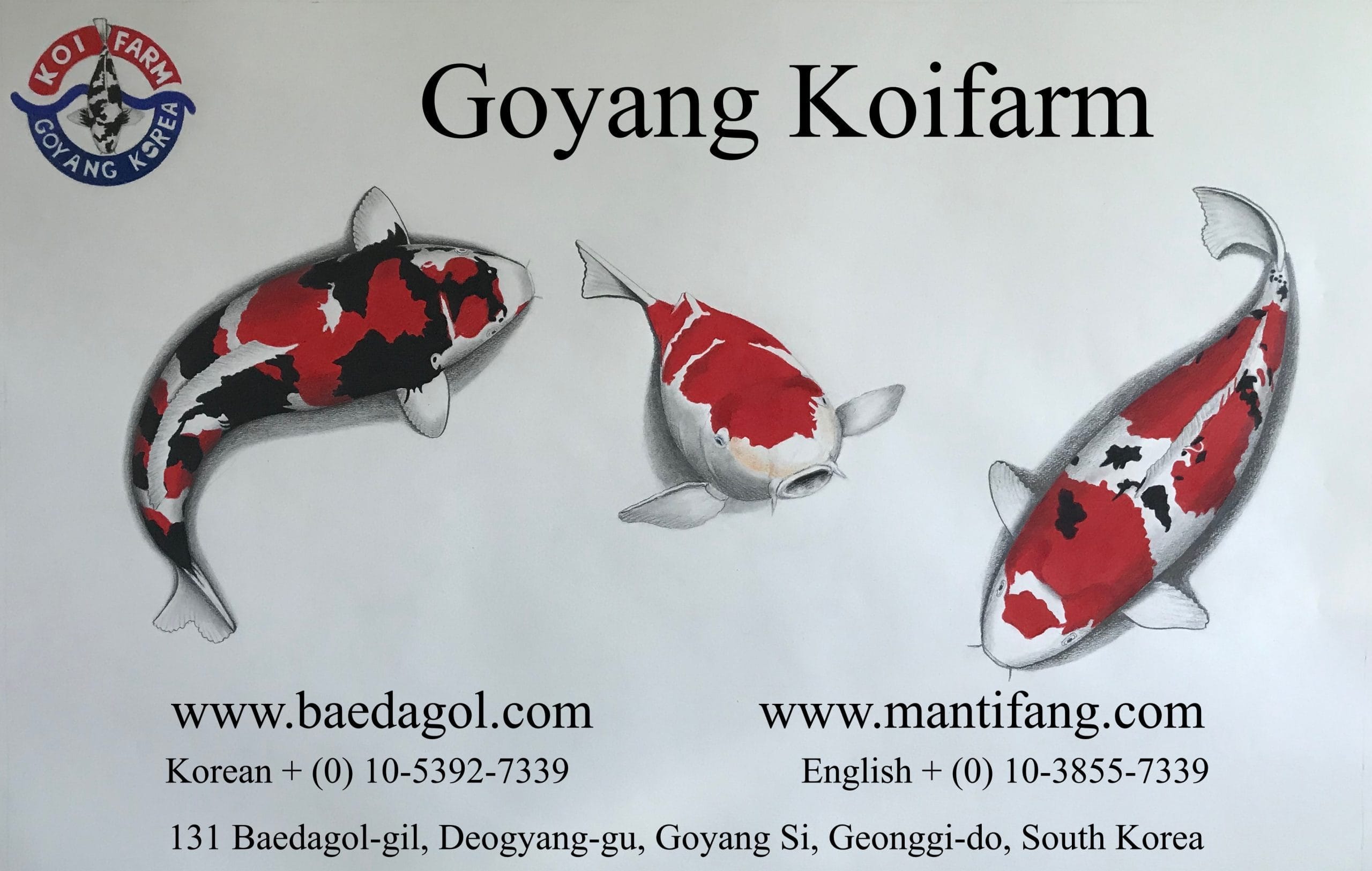
About this archive
This archive preserves practical koi knowledge and context that were once part of the Goyang Koi project. Our aim is continuity: to keep guidance available for keepers who value careful husbandry, water management, and clear documentation.
Over the years, the Farm gathered a wealth of practical insights — from feeding logs to water testing notes and from breeding experiments to cultural reflections. As a reference for Korean koi keepers, it covers koi breeding in Korea, koi care and water quality, and core koi varieties such as Gosanke (Kohaku, Sanke, Showa). The archive also reflects the exchange between East and West, where Bidan Ing-eo (the Korean name for Nishikigoi) connects hobbyists and traditions.
Where relevant, we link to Mantifang for broader cultural context. If you are looking for the landscape project that succeeded the former theme park, visit the Baedagol page on Mantifang.
Browse categories
Koi Care
Daily routines, feeding, quarantine, health checks, seasonality.
Water Quality
Filtration, cycling, parameters, troubleshooting, measurement logs.
Varieties & Identification
Gosanke and beyond; lineage notes, colour stability, pattern development.
How to buy koi
Buying koi is difficult because assessing koi is more than just adding up.
If you want to dive into the koi hobby in Korea, the Goyang team is still here for you. In the photo, from left to right:
Mickey Paulssen – Hugo J. Smal – Kim Young Soo.
Archive Blog
Context essays, field notes, and project updates from the archive.
Archive images
Highlights & essentials
These highlights act as an entry point into the broader archive. They bundle essentials that koi keepers search for most: practical koi care, water quality fundamentals, and the traits of popular koi varieties including Gosanke.
- Starter guide: Basic care & routine
- Water 101: Filtration & parameters
- Know your fish: Varieties & traits
- From the logs: Breeding notes (archive)
Media & playlists
Watch historic clips from the Korean Farm and curated videos that explain Nishikigoi husbandry, water quality management, and Korean koi culture.
Useful links
- KoiTalk.app — Q&A, tools, and insights
- Nishikigoi primer — terminology & basics
- Contact – GKF – team still helpfull
FAQ
Ask Shikibu
On KoiTalk.app, Shikibu is ready to answer your questions. Whether it’s about Bidan Ing-eo (Nishikigoi), water quality, koi care, or koi varieties — you’ll gain instant access to the knowledge preserved in the Bidan Ingeo Farm archive.
Your koi questions deserve instant answers. Visit KoiTalk and Ask Shikibu today!
- Is the the farm still active?
- No. Operations have ceased. This page now preserves historical materials as an archive for learning.
- Can I reuse materials from this archive?
- Please check licensing on individual items. When in doubt, contact us via the contact page.
- Where can I learn more about koi keeping?
- Start with Koi Care and Water Quality, then explore Varieties and the Archive Blog.
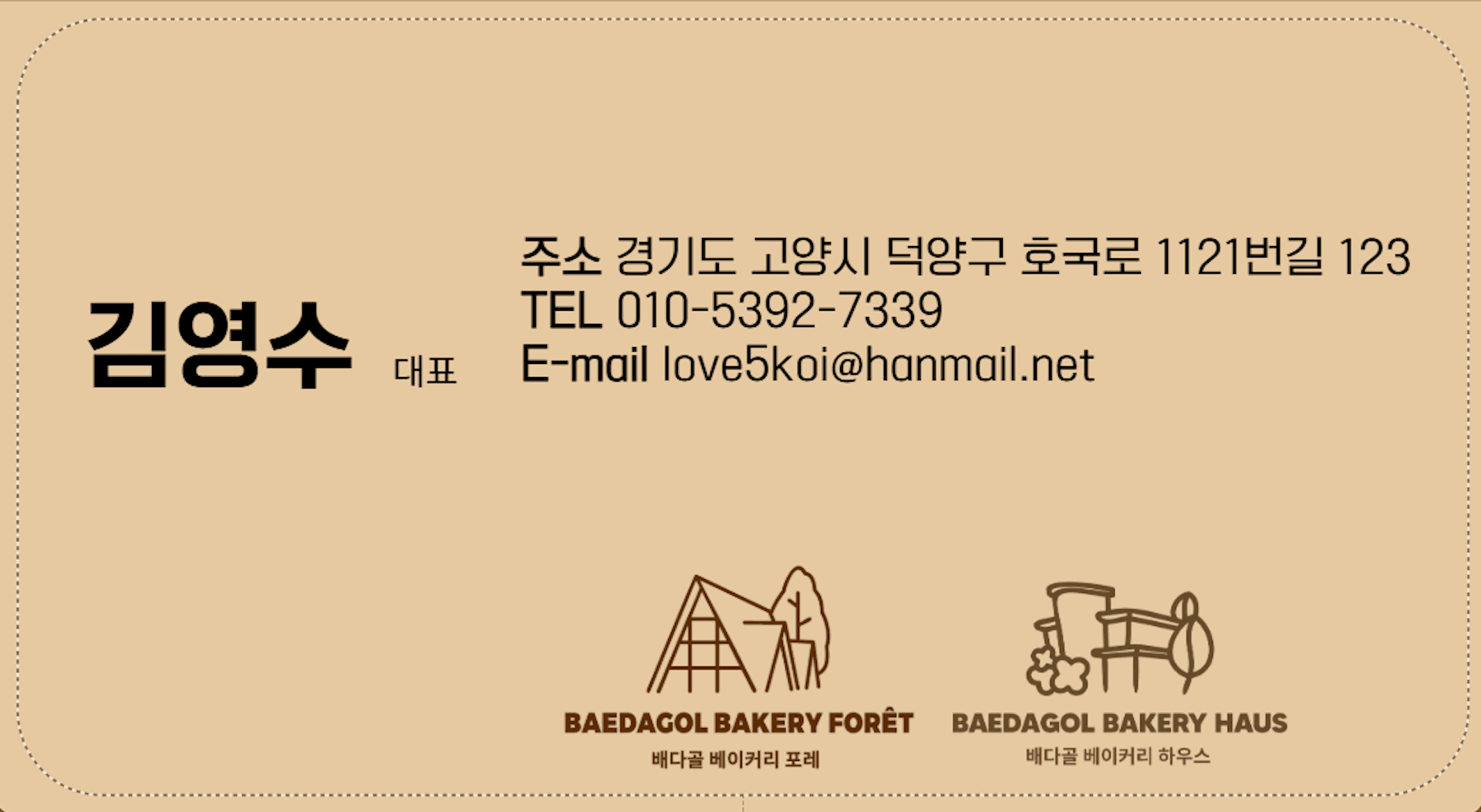
Temporary pause on koi exports — healing park in development
International koi exports are currently on hold. Meanwhile, we are laying the foundations for a nature-driven healing park in Goyang that blends koi culture, art, and quiet craftsmanship. For updates or collaboration, feel free to get in touch.
Contact Kim Young Soo